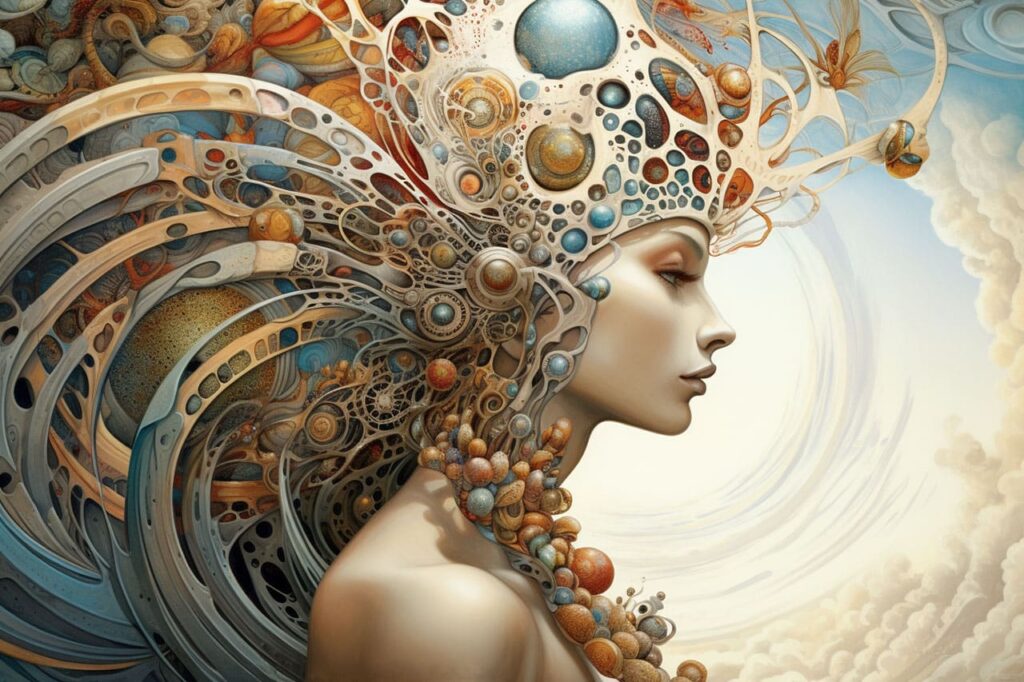Art has always been a powerful tool for social commentary and reflection. Throughout history, artists have used their creative expression to challenge societal norms, advocate for change, and give voice to the marginalized. In recent years, a distinct movement has emerged within the art world known as socially engaged art. This form of art goes beyond aesthetics and self-expression; it actively seeks to engage with communities, address social issues, and initiate meaningful dialogue and action. In this article, we explore the power and significance of socially engaged art in driving social change and fostering a more inclusive and empathetic society.
Defining Socially Engaged Art
Socially engaged art, also known as social practice art or community-based art, can be broadly defined as an artistic approach that prioritizes collaboration, participation, and interaction with communities or specific groups of people. It aims to create a dialogue between artists and participants, inviting them to actively engage in the creative process and become agents of change. Rather than focusing solely on the final artwork, socially engaged art emphasizes the social and relational aspects of the artistic practice.
Building Bridges and Fostering Empathy
At the core of socially engaged art is the belief in the transformative power of human connection and empathy. By actively involving communities and individuals in the creative process, artists seek to build bridges of understanding and create spaces for dialogue and collaboration. This collaborative approach not only encourages participants to share their perspectives, stories, and experiences but also challenges preconceived notions and biases. Through art, a shared language emerges, enabling diverse voices to be heard and fostering a sense of empathy and solidarity.
Addressing Social Issues and Inequality
Socially engaged art is often rooted in a deep commitment to addressing pressing social issues and inequalities. It serves as a platform for marginalized communities to express their concerns, advocate for their rights, and bring attention to systemic injustices. Artists working in this realm actively seek to challenge oppressive structures, discrimination, and social norms through their creative endeavors. By amplifying voices that are often silenced, socially engaged art becomes a catalyst for social change and a vehicle for dismantling inequalities.
Encouraging Civic Participation and Activism
One of the fundamental goals of socially engaged art is to inspire civic participation and activism. By inviting communities to collaborate on artistic projects, artists empower participants to become active agents in shaping their own narratives and futures. This process encourages critical thinking, problem-solving, and collective action. Through their artwork, artists prompt individuals to reflect on their role in society and the impact they can have on effecting positive change. Socially engaged art helps bridge the gap between art and activism, blurring the boundaries and mobilizing individuals to engage with important social issues beyond the confines of the gallery or exhibition space.
Creating Spaces for Dialogue and Healing
Socially engaged art often creates safe spaces for dialogue and healing, allowing communities to come together and share their experiences in a supportive environment. Artistic projects, such as workshops, performances, or installations, serve as catalysts for conversations around difficult topics, traumas, or shared histories. Through these creative processes, participants find solace, empowerment, and collective healing. By acknowledging and validating diverse experiences, socially engaged art fosters a sense of belonging, resilience, and hope within communities.




Rethinking the Role of the Artist
Socially engaged art challenges the traditional role of the artist as a solitary creator and redefines their position as a collaborator, facilitator, and catalyst for change. Artists working in this field often engage in long-term relationships with communities, forging connections and building trust. They act as mediators, activists, and advocates, leveraging their artistic skills to foster positive social impact. The focus shifts from individual expression to collective empowerment, from the art object to the social process. Through this shift, socially engaged art expands the possibilities and responsibilities of artistic practice.
Examples of Socially Engaged Art
Countless artists and artistic collectives around the world have embraced socially engaged art as a means of effecting change. Projects such as “Theaster Gates’ Dorchester Projects” in Chicago, which transformed abandoned buildings into cultural spaces for the community, or “JR’s Inside Out Project,” which uses large-scale portraits to amplify the voices of marginalized individuals, showcase the power of art in action. From art installations in public spaces to community-based performances, socially engaged art takes on a variety of forms, tailored to the needs and aspirations of the communities it seeks to engage with.
The Enduring Impact of Socially Engaged Art
The impact of socially engaged art extends far beyond the duration of a project or the exhibition of an artwork. It leaves lasting imprints on communities, inspiring individuals to continue the work of social change long after the artists have moved on. Socially engaged art has the power to transform lives, empower individuals, challenge systems of oppression, and foster a collective sense of responsibility. It offers a vision of a more inclusive, equitable, and empathetic society—one in which art becomes a tool for healing, dialogue, and the pursuit of social justice.
In conclusion, socially engaged art represents a powerful and essential movement within the art world. It embodies the capacity of art to transcend aesthetics and serve as a catalyst for social change. By engaging with communities, addressing social issues, fostering empathy, and encouraging civic participation, socially engaged art redefines the role of the artist and expands the transformative potential of artistic practice. It reminds us that art has the power to shape our world and ignite the flames of collective action and social justice.
